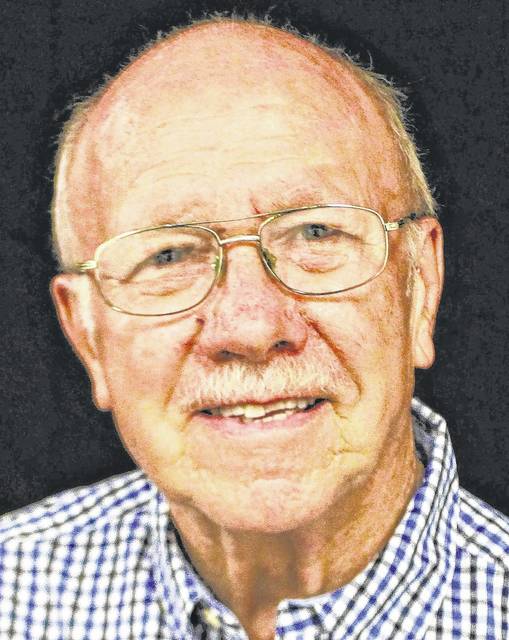
When Samuel Gist purchased hundreds of acres of land in southwest Ohio in order to free and settle more than 200 of his Virginia slaves, he failed to provide them with legal rights to their land.
The slaves were brought in several groups beginning in 1815 accompanied by federal troops and settled in three sites — two in Brown County and one in Highland County a few miles outside of New Vienna. The agreement was that they had the right to live on the purchased land as long as they paid the land taxes.
In this remote area it was exceedingly difficult to make a living and families proceeded to move off the settlement. At the present time two of the three locations are essentially nonexistent (they were both in Brown County).
The Highland County Gist Settlement is dominated by one man – Paul Turner.
After what has seemed to be innumerable efforts to gain title to the land, the impossible happened – titles were granted.
Paul received most of the land (about 150 of the 207 acres). That happened just two years ago. Paul doubts the legitimacy of a title granted to another resident and is considering legal action to regain it.
Paul was born on the Gist Settlement and is committed to its preservation. In talking to him I feel that the word that best described him as a person is “respectful.” He respects his heritage (on the bronze marker at the settlement, two of the original 29 lot owners are Turners — the historical marker was placed there by the Ohio Historical Society in 2003).
The headstones in the cemetery were purchased and placed there by Paul.
He also respects the animals that have been dropped off at his place (my granddaughter who accompanied me recently counted 13 dogs, six cats and eight horses). He respects the land and makes serious attempts to care for it. He says a neighbor has sold the right for others to dump on the land, and that infuriates him.
After moving with his family to a variety of locations (seven different schools), Paul joined the Navy for 26 years and rose to master chief, the highest rank for enlisted men. He spent time in Vietnam, became acquainted with diverse cultures and people and simply cannot understand prejudice.
After his years in the Navy he returned to the Highland Gist Settlement and found that foreclosure on the property was pending due to the failure of the impoverished residents to pay land taxes. He subsequently paid, over time, nearly $29,000 in back taxes.
Since that time, he has continued to pay the taxes. At nearly 87 his knees have given out and he can only sit on his tractors for a limited time; he has reluctantly slowed down.
What does this dedicated, very human and absolutely wonderful man want to happen with the land that has served his family for nearly 200 years and to which he has dedicated his energies and resources? Without question he wants it preserved as a historic site, and by the Ohio Historical Society placing a marker on the location there is some precedent for that.
Paul Turner is a survivor, a dedicated man who has committed his life to preserving and improving what remains of this Highland Gist Settlement. It was because of his herculean efforts and patience that the titles were granted — after what seemed like innumerable efforts and nearly 200 years.
Although Paul Turner does not beg for assistance in his efforts to preserve this relatively small portion of land, he deserves such assistance.
In talking with the author of the 2013 well-researched and well-written book Gist’s Promised Land by Paula Wright, we both agree that this piece of history must be preserved and this less than glorious chapter in our neck of the woods must be recorded and remembered – and taught in our schools.
Neil Snarr is professor emeritus at Wilmington College.


